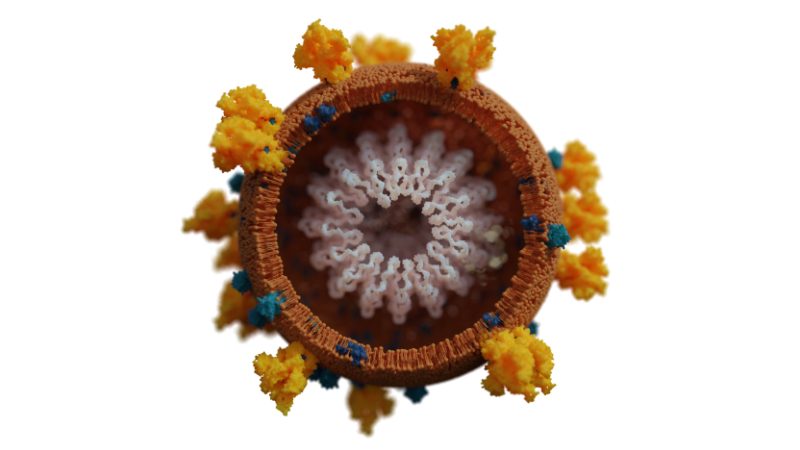In an acib project, potential drugs are being tested for their effect against sars-cov-2 pathogens in cell culture experiments in a bsl-3 laboratory at med uni graz. The aim is to build up a preclinical drug database. Antiviral drugs are going to be brought to clinical application much faster and drugs for the therapy of already infected covid-19 patients are going to be developed.
A research project of the Austrian Centre of Industrial Biotechnology (acib), the Medical University of Graz and the Graz-based biotech company Innophore focuses on finding, evaluating and preclinically testing antiviral drugs. These compounds inhibit the activity of enzymes that viruses need to multiply and for example also prevent viruses from entering lung cells. Thus, on the one hand, they can prevent the infection of cells, and on the other hand they can suppress the multiplication of viruses in infected cells.
Both strategies are important pillars for the therapy of COVID-19 patients.
Since many of these drugs are already approved on the market, they can be quickly repurposed into corona drugs. To this end, researchers are focusing on finding active substances against the virus. Through the use of computer modelling and simulation, over two billion individual compounds are screened against COVID-19. In addition, high-throughput screenings are used to test the drugs proposed in the computer models as well as new compounds from libraries of hundreds of thousands of chemical compounds for their efficacy.
Toxicity tests and drug concentrations
In order to test substances for their efficiency and effect, they have to be brought together in cell cultures with specially propagated, living pathogens such as the highly infectious SARS-CoV-2 virus. The in-vitro tests of antiviral drugs in the BSL-3 laboratory follow three phases: Cytotoxicity tests ensure that the compounds do not cause damage to the cells. In a further step the concentration at which the substance can be used is determined. For this purpose, the virus is introduced into cell systems of vero cells derived from monkeys in the laboratory and propagated therein. The researchers then infect the cells – without and with the addition of the drug in different concentrations to determine the further infection process and whether a drug can prevent the virus from multiplying.
Cell culture models reduce animal testing
To replicate the absorption and effect – as well as possible side effects – of drugs against Covid-19 in the human body, so-called human organoids are used. These laboratory-grown groups of cells, whose structure resembles that of organs, allow the effects and side effects of substances to be studied in detail outside the human body. This also reduces the use of animal experiments and shortens the development time of SARS-CoV-2 drugs.
Developing new groups of drugs
In the final phase, researchers are testing whether the genetic diversity of different viral subclasses of SARS-CoV-2 affects the way drugs work. This is necessary to show that a chemical substance could be suitable for broad clinical use. Also, this increases the chance that the substances will be further developed by the pharma industry and used as drugs.
Project Partners
Picture: Innophore
